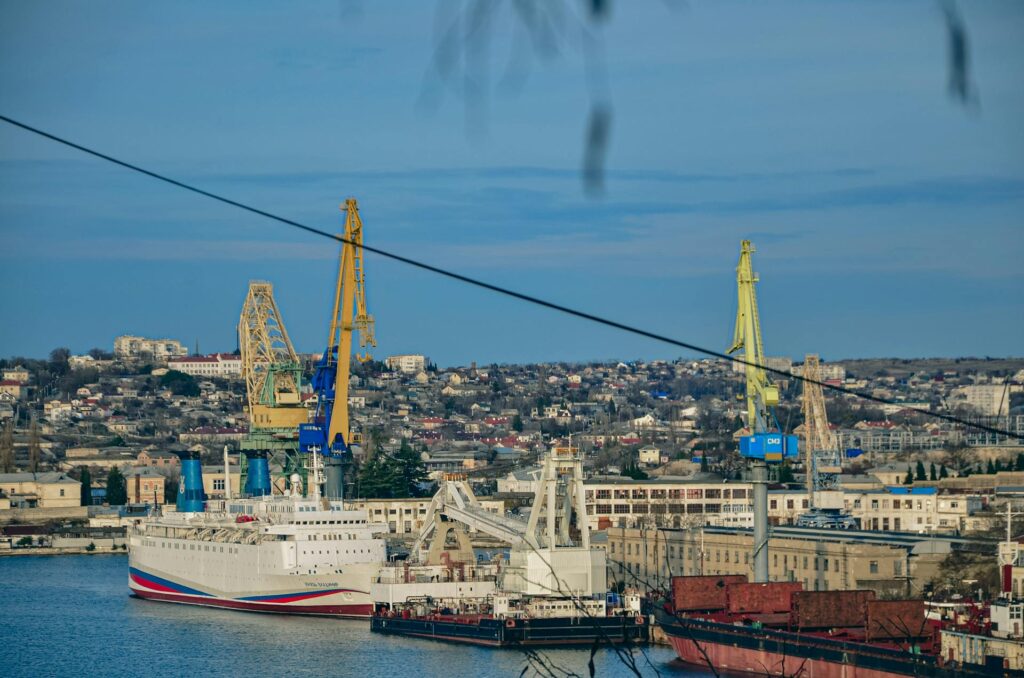
In today’s globalized logistics network, various goods travel by land, sea, and air. You may not know that among them, the transportation of hazardous goods holds hidden mysteries. And the dangerous goods certificate plays a crucial role in ensuring their safe journey.
I. What is a Dangerous Goods Certificate?
A dangerous goods certificate, known as “dangerous goods certificate” in English, is far from an ordinary piece of paper. It’s an official and significant certification document. For instance, the widely used International Air Transport Association Dangerous Goods Regulations (IATA DGR) certificate. It aims to make sure that all those involved in hazardous goods transportation, like freight forwarders, airline crew, and ground service staff, have received proper professional training. They learn to classify, package, mark hazardous goods correctly and handle emergencies. In short, having this certificate means possessing the key to hazardous goods transportation and shouldering safety responsibilities.
II. What is the Role of a Dangerous Goods Certificate?
(A) The “Calibrator” for Personnel Qualifications and Operational Specifications
For staff dealing with hazardous goods, the certificate shows their professional skills. Imagine at an airport cargo area. Workers handling electronics with lithium batteries, which are flammable. Without training and the certificate, they might not package them right. A small mistake during transport, due to bumps or heat, could lead to a battery fire. But with the certificate, they can operate precisely and minimize risks.
(B) The “Pass” for Regulatory and Supervision Requirements
Around the world, from local roads to international waters, strict regulations govern hazardous goods transport. Any enterprise or individual wanting to get involved must have the corresponding certificate. Without it, there’ll be hefty fines, goods seizure, and even jail time for violations. It’s truly the “pass” through the regulatory jungle.
(C) The “Escort” for the Safety of Goods Transportation
On a dangerous goods certificate, details about the goods are recorded. Such as the hazard category, UN number, and packaging level. These details guide every step in the transport chain. When shipping radioactive materials, the shipping company uses special lead containers as per the certificate. The port storage team places them in a safe area and monitors them. In case of an accident, the emergency team responds based on the certificate, ensuring overall transport safety.
(D) The “Accelerator” for Customs Clearance and Trade Circulation
In international trade, customs closely inspects goods. For hazardous ones, they rely on the dangerous goods certificate to check compliance. If a foreign company exports chemical reagents with a proper certificate, customs can quickly clear them. But without it, the goods get held up, delaying delivery and adding storage costs, hampering trade.
III. Which Goods Require a Dangerous Goods Certificate for Transportation?
According to the well-known International Maritime Dangerous Goods (IMDG) Code, many goods need this certificate before shipping. Here are the main categories:
(A) Explosives
Industrial explosives can shatter mountains but are risky to transport. Fireworks bring festivity but can be dangerous. Detonators are highly sensitive. All need strict adherence to transport rules and the relevant certificate to prevent disasters.
(B) Gases
Flammable gases like hydrogen are clean but reactive. Non-flammable gases like nitrogen have their own risks when transported in bulk. Toxic gases such as chlorine are deadly. Each gas type demands proper handling and the certificate.
(C) Flammable Liquids
Gasoline powers cars, diesel drives machinery, and alcohol is used widely. But they’re volatile and flammable. Transporting them safely requires the dangerous goods certificate.
(D) Flammable Solids, Substances Liable to Spontaneous Combustion, and Substances Which in Contact with Water Emit Flammable Gases
Sulfur can burn, white phosphorus self-ignites, and sodium reacts with water. Their unique properties mean professional guidance and the certificate are essential for transport.
(E) Oxidizing Substances and Organic Peroxides
Potassium permanganate, hydrogen peroxide, and benzoyl peroxide have strong oxidizing powers. They can react dangerously, so the certificate is crucial for safe transport.
(F) Toxic Substances and Infectious Substances
Cyanides and arsenic are deadly. Virus samples and bacterial cultures can cause public health crises. Special precautions and the certificate are a must.
(G) Radioactive Substances
Uranium, radium, and cobalt-60 emit radiation. Transporting them needs protective gear and the certificate to prevent radiation leaks.
(H) Corrosive Substances
Sulfuric acid, hydrochloric acid, and nitric acid corrode metal and skin. Sodium hydroxide is equally corrosive. Their transport demands corrosion-resistant containers and the certificate.
(I) Miscellaneous Dangerous Substances and Articles
Asbestos is carcinogenic, lithium batteries can catch fire, magnetic materials can disrupt navigation, and dry ice can cause oxygen deficiency. The certificate regulates their transport.
The dangerous goods certificate is like an “invisible net”, safeguarding the transportation of hazardous goods, ensuring global logistics run smoothly and protecting our lives.





